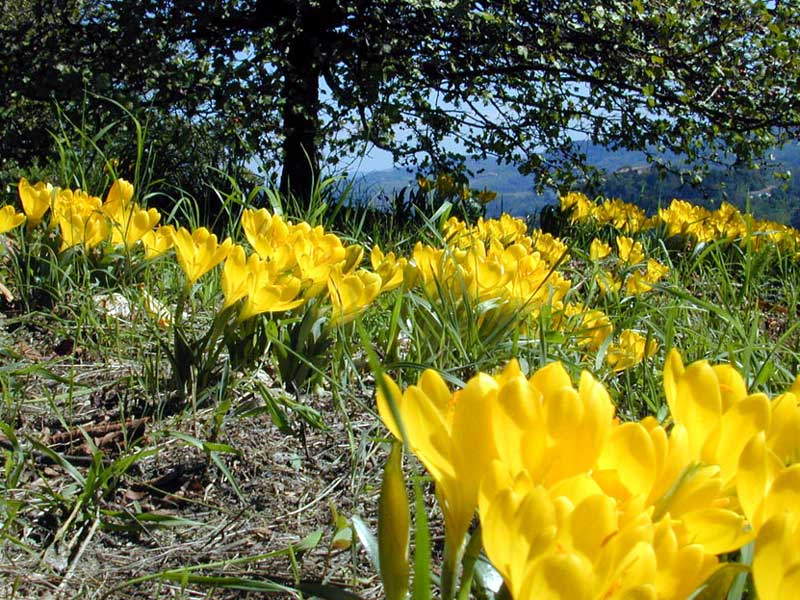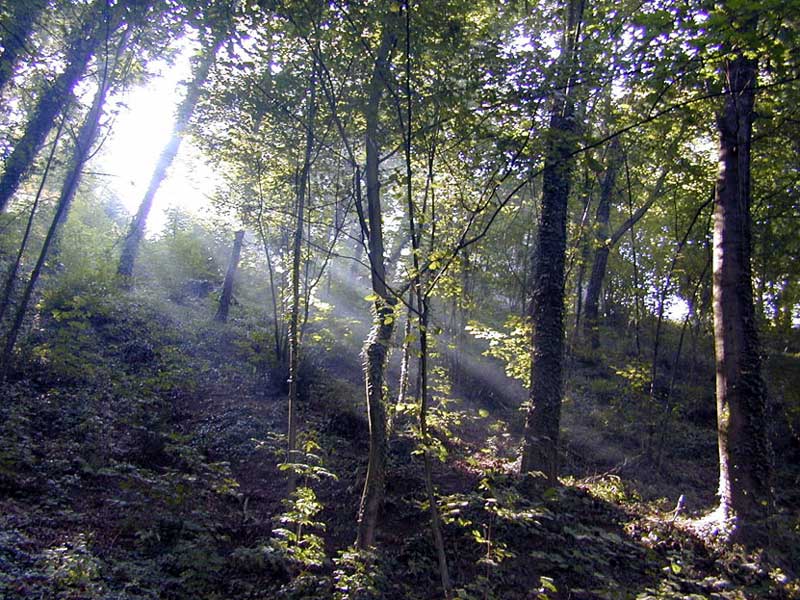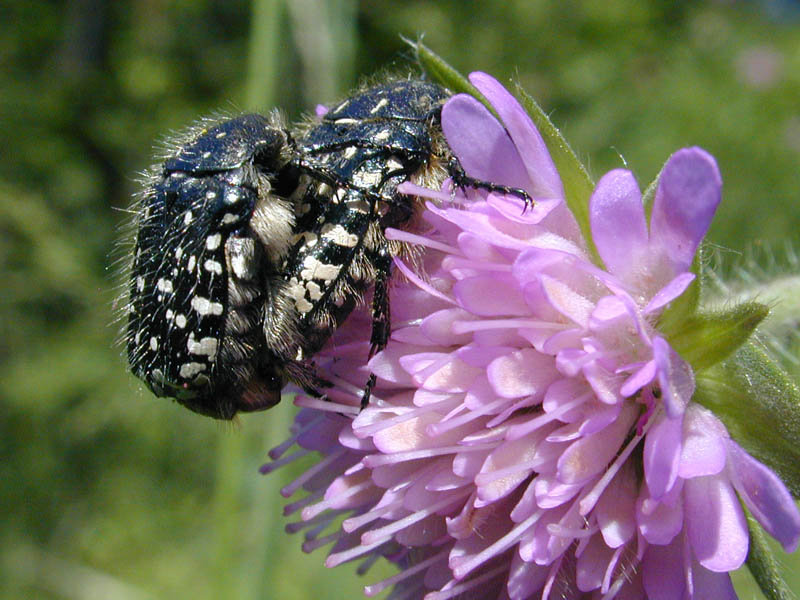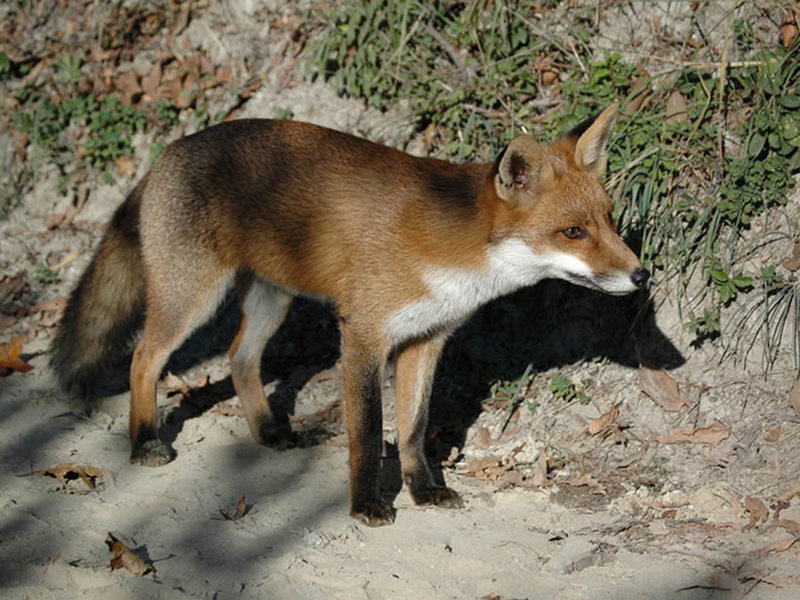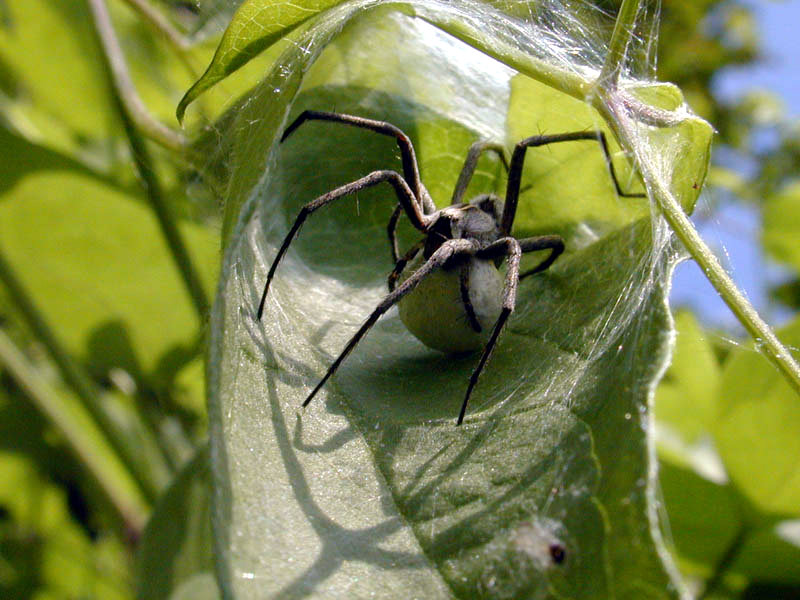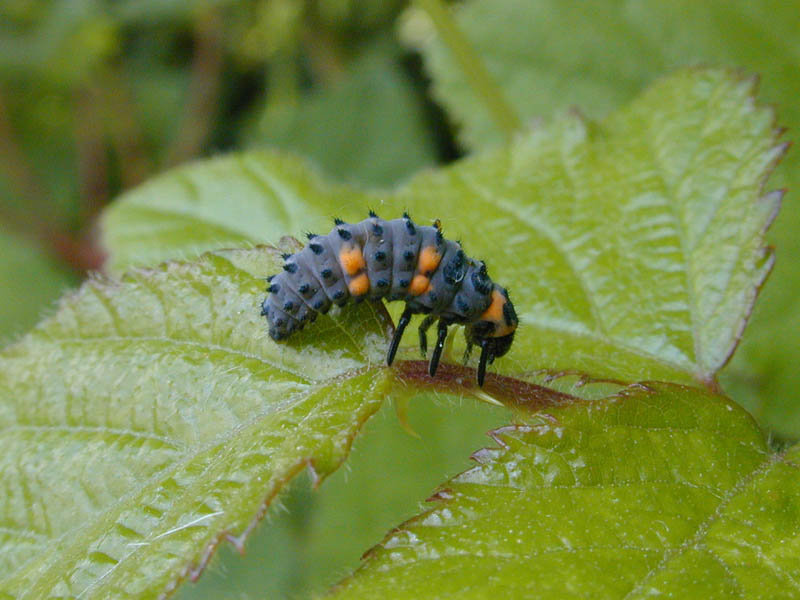Protected Area
Identity Card
- Land Surface Area: 47.00 ha
- Lower altitude (m): 355
- Higher altitude (m): 455
- Regions: Piemonte
- Provinces: Alessandria
- Municipalities: Ponzano Monferrato, Serralunga di Crea
- Establishment Measures: LR 5 28/01/1980
- PA Official List: EUAP0210
- Park Authority: Ente di gestione dei Sacri Monti
Nature
Sacro Monte di Crea is situated on one of the highest points of
the hills in the Basso Monferrato. It is made up from sedimentary rocks
dating back to the Oligocene-Miocene era (marl and sandstone).
Definitively emerged from the waters of the Po gulf at the end of the
Tertiary period (2 - 3 million years ago), at the beginning of the
Quaternary period (one million years ago) the hills of the Monferrato
area as well as the whole pre-alpine strip in Piemonte were
characterized by a Mediterranean flora. The weather changes together
with the action of the glaciers moving from the Alpine areas towards
the Po Plain provoked the destruction of the existing Mediterranean
flora and brought species which are typical of the Alpine cold climate.
After the last glaciation they found the suitable ecological conditions
for their survival on the Northern fresh and shady hills.
During the glacial period some thermophile species took shelter on the
sunny and steep slopes of the hills in the Monferrato which represented
real oasis because they were free from glaciers.
In this recolonization context, microthermal, Mediterranean as well as
Eastern steppe species took shelter in peculiar ecological niches where
they still live, representing nowadays real relicts of the Quaternary
and even of the Tertiary periods.
The signs of these floristic invasions and colonizations are still
visible. The northern distribution limit of many Mediterranean species
reaches the hot exposures and the hillocks of Monferrato; for instance,
the Inula bifrons, whose rubbed leaves smell of lemon and mint; or the thin Crocus biflorus which can be found only on the Tyrrhenian coast and has a precocious
blooming. In the Northern woods and in the bottom of the valleys you
can find some mountain species perpetuating since the glacial period:
among them the yellow wolfbane (Aconitum vulparia) and the Turk's Cap Lily (Lilium martagon).
Flora
The Northern slope, steep and shady, is mainly covered by common
alders, cherry trees, oriental hornbeams, English oaks, chestnut trees
and maples. The Southern slope, which is more temperate and less steep,
is made by a thick coppice of downy oaks and manna-ashes. Sometimes it
is possible to find limited groups of sycamore maple, European
hackberry, ash trees, and sessile oaks.
The locust tree has had a considerable development on both slopes and it sometimes replaces the plain wood.
The undergrowth is made up of cornel trees, bladder sennas, brooms, and wayfaring trees.
Pond lilies, anemones, fragrant orchids, and orchids can also be found in the area.
The Park is very interesting from a botanical point of view because of
the presence of rare floristic elements, or floristic elements outside
their normal area of distribution.
Fauna
The most widespread mammals in the Park are the badger, the fox, the squirrel, the hazelmouse, the dormouse, and the common hare.
The birds include buzzards, kestrels, long-eared owls, little owls, barn owls, barn owls, and tawny owls among birds of prey. Blackbirds, thrushes, green woodpeckers, wall creepers, and the great tit among the passerines. The reptiles include the asp viper and the western whip snake; among the amphibians, the salamander.
The Environment
Sacro Monte di Crea lies on one of the highest points of the hills of Lower Monferrato. Formed by sedimentary rocks dating back to the Oligo-Miocene period (marls and sandstone), the hill is characterized by frequent landslides interesting above all the roads. The northern slope, steep and shady, is mainly covered by Field Elm, Cherry Tree, Common Hornbeam, English Oak, Chestnut Tree, Norway Maple, and Sycamore Maple.
The southern slope, milder and less steep, is formed by a thick coppice woodland dominated by Downy Oak and Manna Ash.




